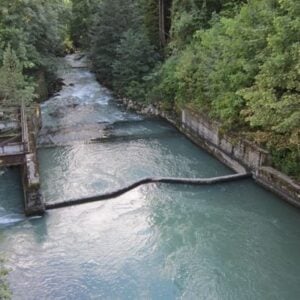Kyrgyzstan has taken a major step in protecting its biodiversity by developing a new electronic database to help government agencies detect and prevent wildlife smuggling. Supported by TRAFFIC Central Asia, the Ministry of Natural Resources, Ecology and Technical Supervision of the Kyrgyz Republic, and Fauna & Flora, the initiative is designed to enhance law enforcement’s ability to monitor and stop the illegal trade in wild species. As a key source and transit point in Central Asia’s wildlife trade, Kyrgyzstan faces threats to species such as Saker Falcons, Central Asian Tortoises, Saiga Antelope, Argali sheep, and Marco Polo sheep. This trade not only endangers wildlife but also fuels organized crime, deprives communities of resources, and poses health risks from zoonotic diseases.
The new system will be provided to customs, border control, and other relevant agencies, allowing officials to verify permits, confirm authenticity, and record cases of illegal wildlife smuggling. It will help identify suspicious patterns, share intelligence between agencies, and even provide methods for identifying animal parts and derivatives, ensuring proper documentation for imports and exports. Recent training sessions in Bishkek and Osh brought together frontline officers from seven provinces, many of whom gained new awareness about CITES, the global agreement regulating wildlife trade, and the need for more attention to wildlife checks at airports.
Through practical exercises, data entry practice, and species identification guidance, the training has strengthened interagency cooperation and improved the capacity to detect and respond to wildlife trafficking. The database is expected to be finalized and fully handed over to the Ministry by September 2025, featuring a user-friendly interface and instructional video tutorials.
This initiative not only boosts Kyrgyzstan’s ability to safeguard its wildlife but also sets the stage for broader regional collaboration. Later this year, TRAFFIC and Fauna & Flora will deliver similar training in Uzbekistan, sharing practical experience, exploring the creation of a comparable system, and promoting cross-border cooperation to combat illegal wildlife trade across Central Asia.





